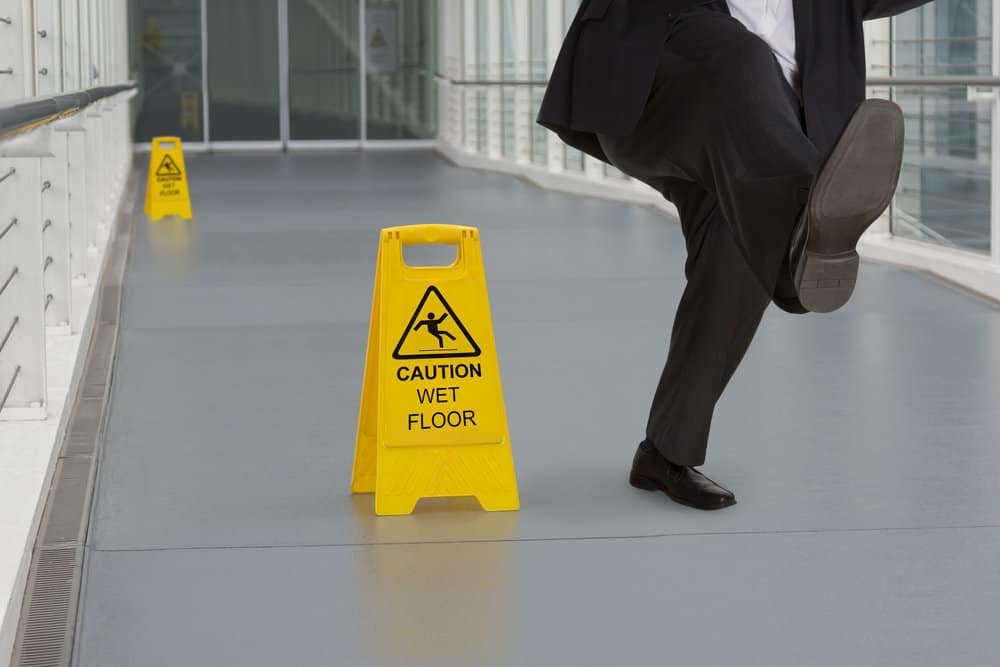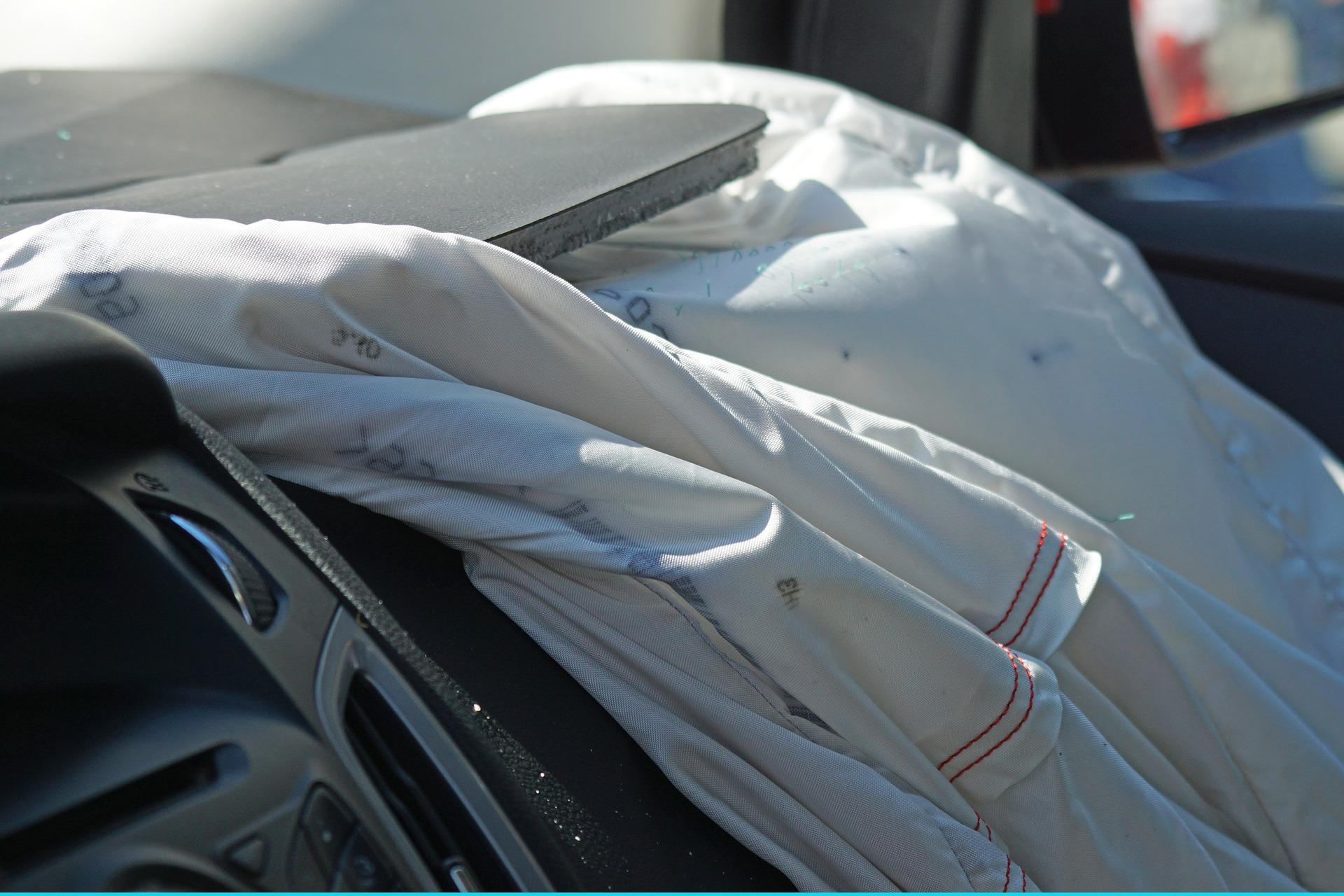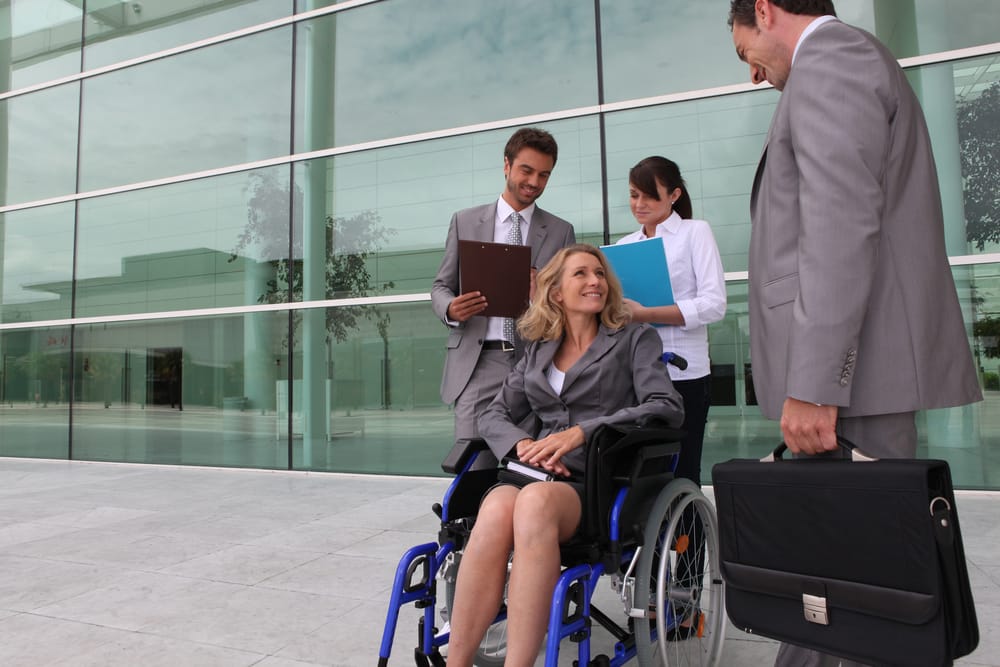If you’ve been injured in a slip-and-fall case, it can leave you with medical bills and lost wages. Taking legal action might be the answer; here, we guide how to go through the process of winning your case so that you get what is rightfully yours.
Short Summary
- This article provides an overview of slip and fall cases, including common causes, types of injuries, and the legal process for pursuing compensation.
- Property owners/occupiers can be liable for hazardous conditions such as wet floors or debris.
- Evidence such as photographs from the accident scene must be used to prove negligence in a lawsuit. Hiring a qualified attorney is recommended for the best outcome.
Understanding Slip and Fall Cases
Slip and fall incidents can be complex, so it’s essential to understand the legal aspects that encompass them and any potential causes or types of injuries. Property owners, insurance companies, and sometimes civil courts might need to get involved for an individual to receive compensation after a fall accident has happened. One must construct a persuasive case when proceeding with these cases. Getting familiarized with slip falls — the negligence involved — will help build such solid argumentation.
Common Causes of Slip and Fall Accidents
Property owners and occupiers must keep their premises safe for visitors and swiftly address potential dangers such as wet floors, uneven surfaces, or objects on the ground. Otherwise, they are responsible for injuries sustained in slip-and-fall accidents caused by hazardous conditions like these. Such falls can be serious incidents with costly consequences. Property owners should always take the steps necessary to ensure a secure environment.
Types of Injuries Resulting from Slip and Fall Accidents
Slip and fall cases can be quite serious, with some accidents resulting in brain trauma or damage to the spinal cord. The potential worth of this type of case varies depending on factors such as medical bills, income lost from work missed due to injury, and anguish suffered. You must receive a check-up soon after an accident – even if it appears minor at first – so there is proper documentation about what happened during your slip or fall incident. This will help determine the outcome when filing for compensation-related losses.
Proving Negligence in a Slip and Fall Lawsuit
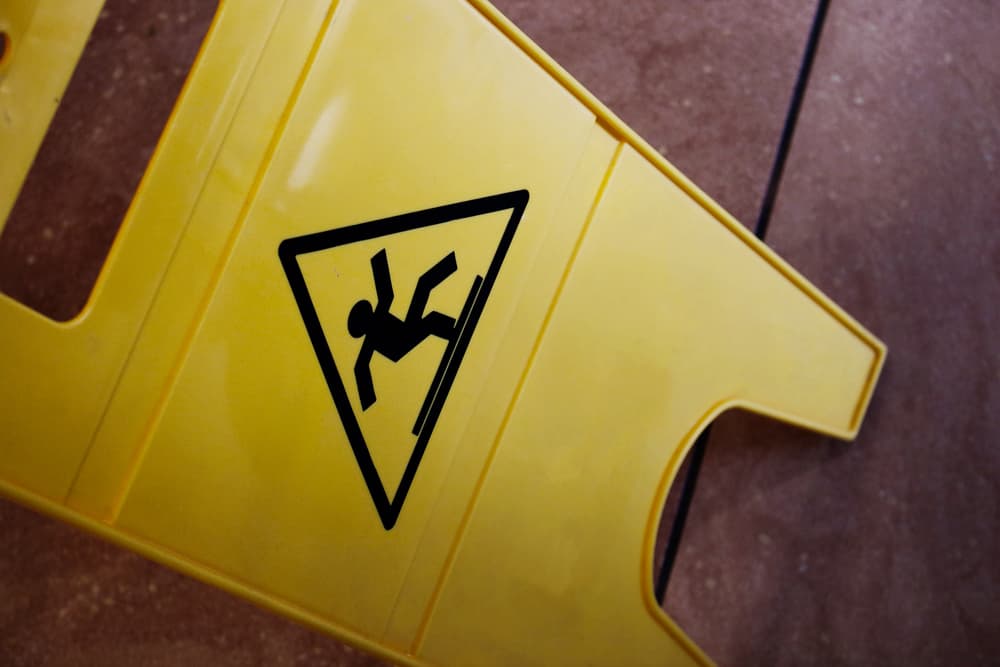
To succeed in your slip-and-fall court case, you must prove that the property owner or their personnel were negligent. This means demonstrating a failure on their part to fulfill their obligations of taking care and showing connections between this breach of duty and any injuries incurred. Evidence such as medical records, pictures taken at the accident site, and specialist declarations may be used to establish negligence for those liable for your misfortune after falling.
These elements are important for a lawsuit based around slips and fall like yours to come out positively. Duty of care owed by proprietors must be expressed correctly alongside evidence linking damages caused by them not following through accordingly.
Duty of Care
Property owners and occupiers are held legally accountable for guaranteeing the protection of their premises in a way that is deemed reasonable. This involves being mindful to any new dangers that may lead to slip-and-fall incidents, as well as putting into place suitable measures like using cones or hazard tape around hazardous zones.
Neglecting this obligation puts them at risk for claims due to injuries on their property from these falls.
Breach of Duty
In a slip and fall lawsuit, if the defendant is found to have neglected their duty of reasonable care towards the plaintiff, then it would constitute a breach of that responsibility. This could mean not addressing known hazards or failing to warn about potential risks on the premises in question. If such negligence can be proven, they may end up paying out for costs related to medical bills, lost wages resulting from the fall incident, and compensation for any suffering from injuries caused by said falling occurrence.
Causation and Damages
A slip and fall lawsuit requires the plaintiff to establish that their injuries directly resulted from the defendant’s negligence and what damages they wish to recover from them. The monetary amount can include medical costs, wages lost due to inability to work following a fall, or suffering endured by the individual in question. It is important for those filing this type of suit to have documentation ready so that successful compensation may be awarded.
Gathering Evidence for Your Slip and Fall Case
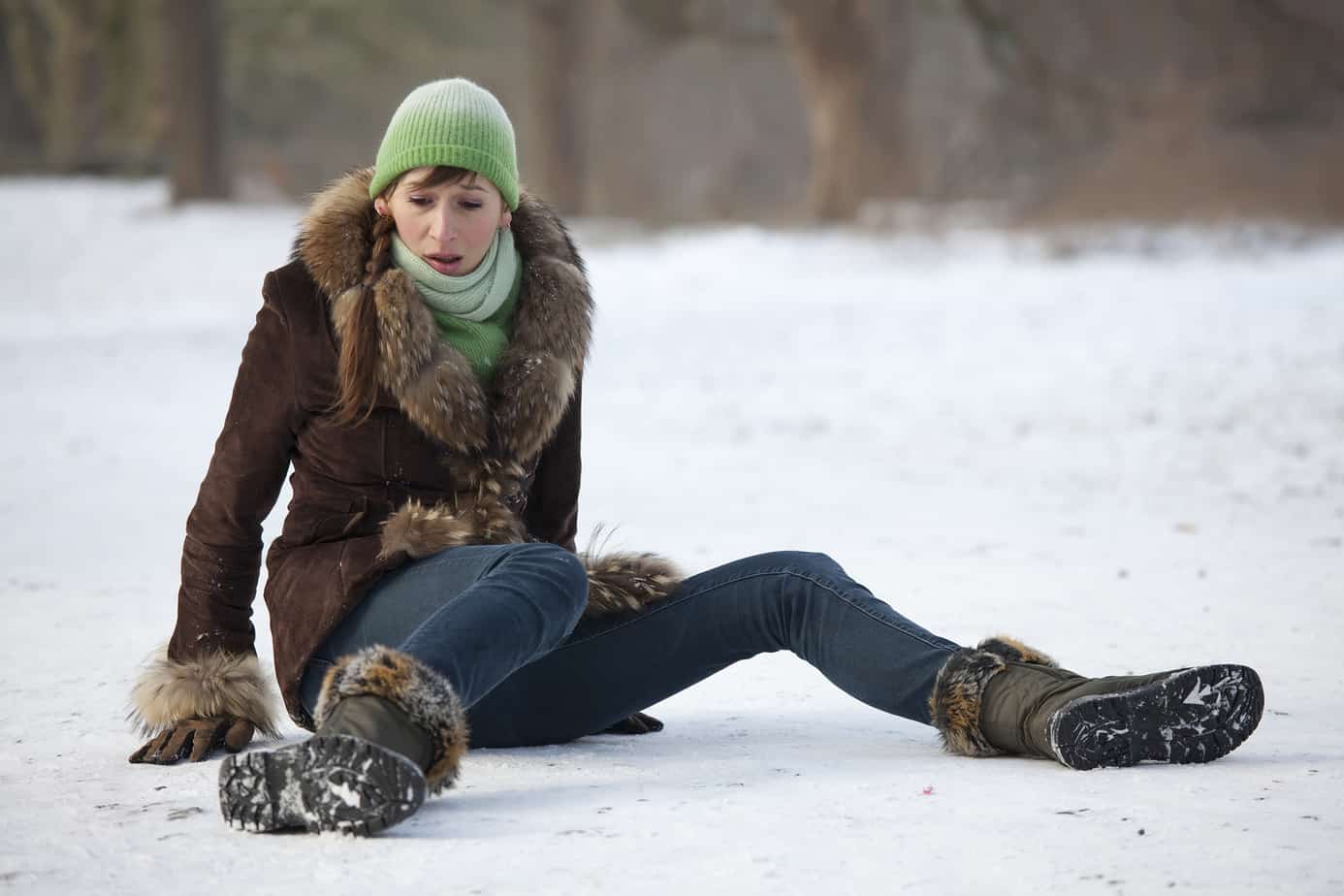
Securing sufficient evidence is necessary to create a successful slip-and-fall case. This entails taking photos of the accident location, recording witness statements, and acquiring medical bills or treatments performed due to the injury.
Creating an extensive file documenting all details about your incident increases the likelihood of attaining maximum compensation for damages sustained in the event of slipping/falling.
Documenting the Accident Scene
Capturing the conditions which contributed to your fall from different perspectives is essential in getting proof of negligence on behalf of the property owner. Be sure to take photos showing any issues, such as insufficient lighting, wet floors, or obstacles at the accident scene.
This will be extremely valuable for demonstrating a breach of responsibility by them and confirming why you experienced a slip and fall incident.
Obtaining Witness Statements
Identify individuals present at the time of your slip and fall incident. Gather their contact information, then ask them to provide a written statement about what they saw occur. Require that this declaration be penned and signed by them as evidence supporting your claim. Ensure you keep all important facts intact when crafting these statements (only changing expressions or rearranging words) while maintaining an appropriate tone throughout each one.
Medical Records and Expenses
Documenting medical documents and lost wages concerning your slip and fall incident is critical for illustrating the intensity of the damage you experienced and working out a valid compensation value. These records and information from your employer regarding any missed income can establish just how serious your losses were due to that accident.
Navigating the Legal Process
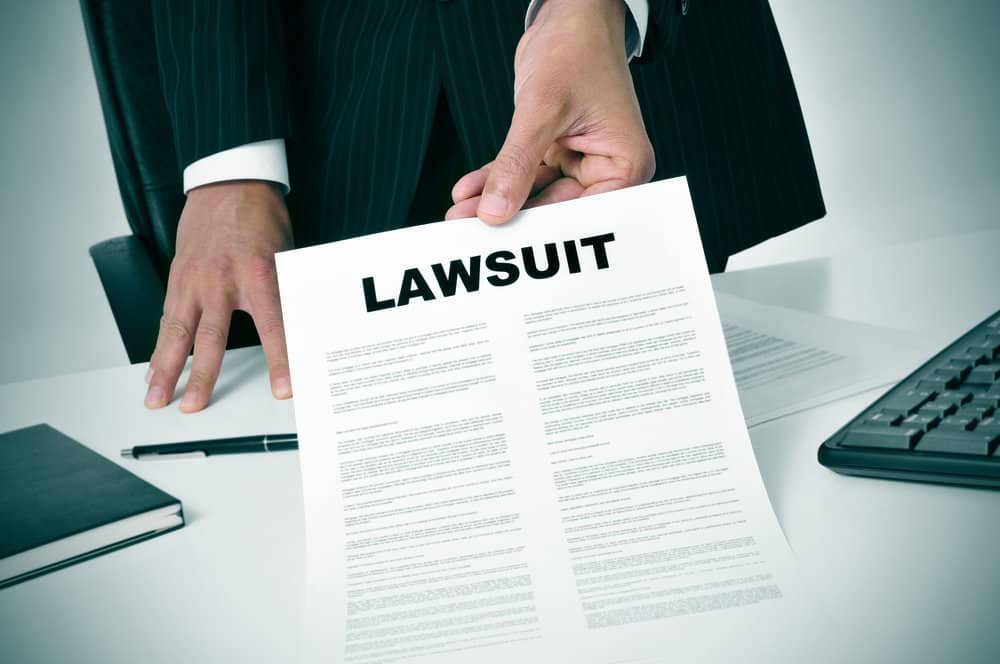
Succeeding with a slip-and-fall case can be intimidating, but the process becomes much easier when you understand its steps. This could involve filing an insurance claim, beginning litigation procedures, or engaging in settlement negotiations at trial. Obtaining assistance from a qualified lawyer is strongly recommended to increase your likelihood of success during this journey. They will guide you through each stage without missing any details regarding the fall incident.
Initiating an Insurance Claim
When filing a claim for an incident such as a slip and fall, it must be reported in writing to the liable individual or their insurer. Compile all evidence and related documentation before attempting to negotiate with the insurance company – providing proof of both the accident event and resulting damages, along with providing them a realistic settlement offer.
Filing a Lawsuit
If a satisfactory settlement regarding your slip and fall case cannot be agreed upon with the insurance company, you may choose to commence legal proceedings. This would involve submitting an official complaint in court, which should include relevant evidence such as details of what happened during the incident that caused the fall, information regarding injuries incurred from it, etc., and ensuring delivery of these documents to those responsible for your predicament. When discussing filing a lawsuit about a slip, or even just filing a lawsuit. Falling due to another’s negligence, make sure all pertinent facts are included in said suit – after all, if there is no proof they didn’t do anything wrong, how can anyone prove otherwise?
Settlement Negotiations and Trial
In the case of slip and fall accidents, your legal counsel should advise whether it’s best to settle or take the issue to trial. There are benefits to either choice. A settlement could be quicker and more economical, while taking the claim through court may provide additional compensation if victorious.
Negotiations can always happen before any legal hearing to resolve these types of cases without going through a lengthy process. Still, ultimately both options must be carefully weighed before making an informed decision.
Factors Affecting Your Slip and Fall Case Value
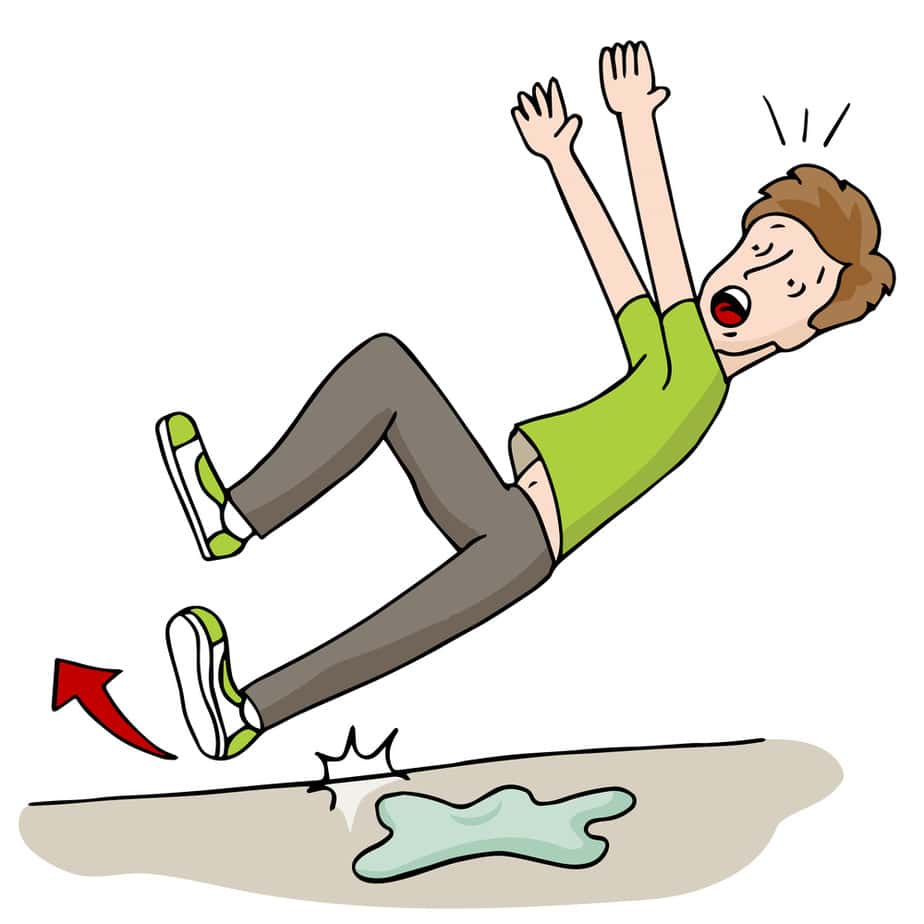
Insurance companies will look at the average jury award and settlement amount for slip and fall cases similar to yours in the same area. This, along with taking into account your medical bills, any lost wages due to time away from work, and the pain you experienced during the accident, can be used when evaluating a potential outcome regarding your case’s value. Awareness of these factors might assist with assessing how much compensation may result. Additionally, items such as suffering mental anguish should be considered when looking through all possibilities associated with a successful claim on this type of fall injury.
Severity of Injuries and Medical Expenses
When evaluating the worth of a slip and fall case, how severe the injuries are, along with associated medical bills, is an important factor. In cases involving more serious wounds, greater potential compensation could be obtained. To maximize your claim value, following any treatment doctors recommend and keeping complete records on all damages sustained plus related healthcare costs incurred from the accident is essential.
Lost Wages and Future Earnings
When considering the value of a case related to slip and fall injury, how it has impacted your ability to work is essential. That’s why lost wages or future earnings due to falling are calculated based on what you would have made without being hurt and any potential salary reductions in the foreseeable future that can be attributed to this accident.
Pay stubs, tax reports, and other evidence must be submitted for consideration to verify these numbers accurately. This will help demonstrate the financial losses from this unfortunate episode when one fell.
Pain and Suffering
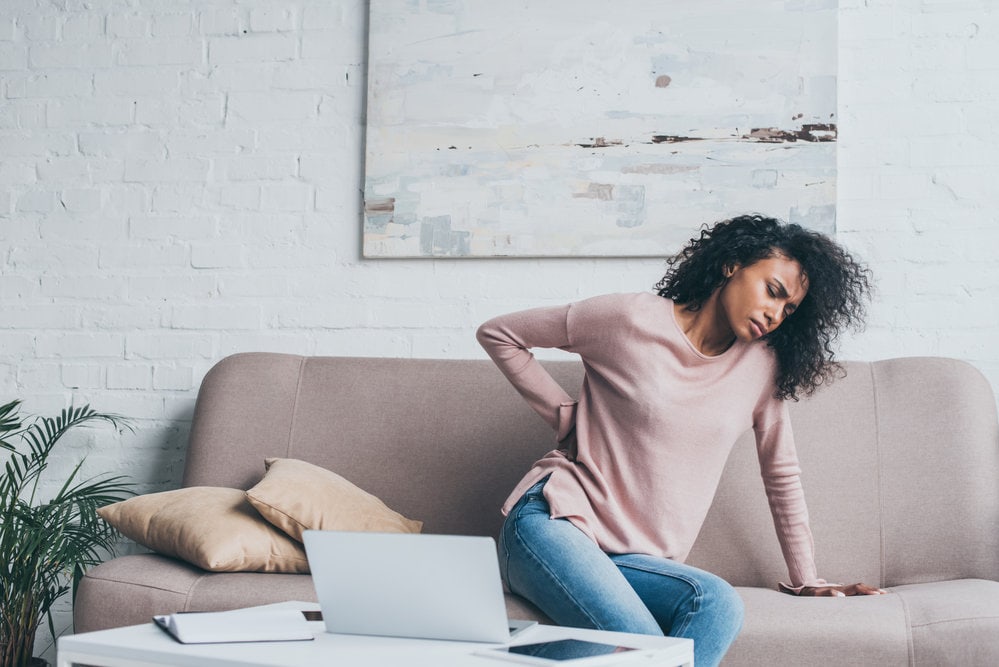
Pain and suffering must be considered when looking at the value of a slip-and-fall case. This may include physical distress, emotional angst, or how this type of incident has affected one’s way of life. Each instance is distinct, so what should go in terms of money to compensate for anguish suffered due to such an accident will differ depending on that particular circumstance.
In examining any given fall case – whether it’s categorized as slipping off something slippery or toppling over some obstacle – assessing pain & affliction associated with these mishaps are all part of the relative evaluation process during proceedings surrounding an event involving slips & falls.
Dealing with Comparative and Contributory Negligence
Comparative or contributory negligence rules can impact slip and fall cases. Understanding how these two ideas apply to a particular case is essential for evaluating the owner’s liability and determining the compensation type.
Comparative fault laws allow plaintiffs to receive recompense, even if they were partially responsible for their accident. While with contributory negligence regulations, any amount of responsibility attributed to an individual seeking damages would disqualify them from obtaining anything. To obtain fair retribution, you must recognize this difference when investigating your slip or fall incident.
Comparative Negligence Rules
Concerning slip and fall accidents, comparative negligence is a legal concept that examines the fault of each party in an incident. According to this rule, claimants may receive compensation awards proportionally adjusted according to their degree of responsibility. The details differ from one state to another regarding how much will be reduced for their involvement in such falls.
The rules on comparative negligence vary by US state. However, they all have provisions relating to falling incidents when considering the amount due as recompense from any associated suits or claims involved with a fall accident.
Contributory Negligence Rules
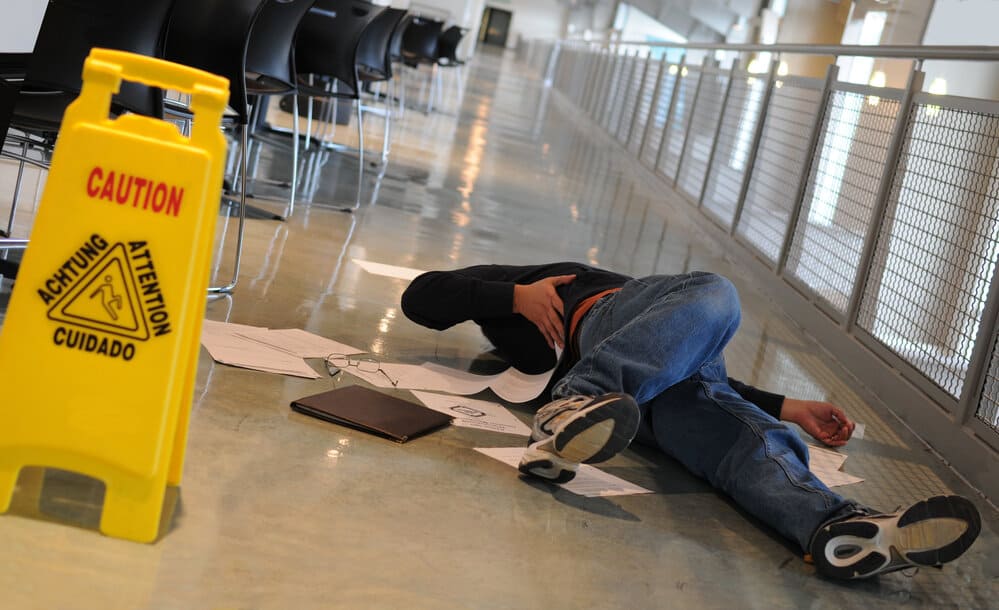
In a slip and fall case, contributory negligence refers to when an individual’s carelessness has been deemed a factor in their resulting injury. Depending on where it is being tried, if there is evidence that this was true for someone claiming damages from such an accident, they could be barred completely from any remuneration whatsoever.
It’s important to know how local laws can affect your situation should you find yourself involved in one of these types of falls, so make sure you know what kind of implications exist before going forward with your claims!
Hiring a Slip and Fall Attorney
Hiring a slip-and-fall lawyer has numerous advantages, such as familiarity with the law, experience in similar cases, and access to resources that can help support your case. A qualified attorney will also take you through all legal steps involved, handle dealings with insurance companies if necessary and represent you if needed in court proceedings.
Benefits of Hiring an Attorney
Having a lawyer handle your slip-and-fall case can be extremely beneficial. Providing peace of mind, legal support in court proceedings, and greater potential settlement rewards. An attorney has the qualifications to manage your situation competently and understands how to negotiate with insurance companies for better compensation outcomes concerning any claims arising from an accident resulting from slipping or falling.
Finding the Right Lawyer
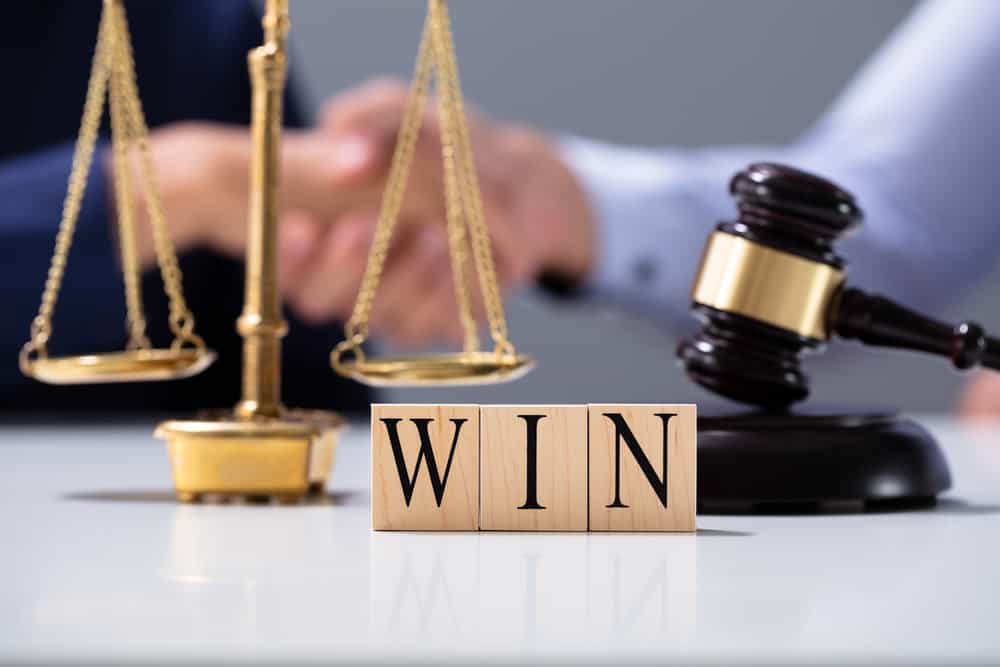
When seeking legal assistance for a slip-and-fall case, it is important to research prospective attorneys carefully. There are various ways you can find qualified lawyers: consult referrals. Check your state’s Bar Association directory. Or look through trusted online services such as LegalMatch or Avvo. Upon researching the potential lawyer, evaluate their history in personal injury cases, the success rate with similar matters, and fees before making an informed decision about who to hire. When looking into candidates for a fall case like yours, don’t forget how important these factors may be in influencing your choice of representation!
Key Points
In slip and fall cases, the statute of limitations may range from two to four years, depending on which state it is in. When pursuing a claim against government property for such an incident, there can be additional procedural steps that must be taken quickly, as deadlines are often shorter than normal. Regarding landlord negligence, a tenant’s slip and fall accident occurred on their rental property. They could face liability consequences if they were aware of any hazardous condition but failed to take necessary action. Even though someone may have contributed partially towards causing one’s own falling injury (with some states ruling under comparative or contributory negligence rules), compensation still might be possible through legal measures supported by qualified attorneys proficient in this field who can advise better upon reviewing individual circumstances closely related to each case at hand.
Summary
To ensure a successful resolution of slip and fall cases, it is essential to be aware of the nuances involved, such as proving negligence on behalf of property owners and understanding comparative/contributory liability rules. Seeking an experienced lawyer can make all the difference when winning these claims by providing valuable knowledge throughout the proceedings. Don’t forget that you have every right to pursue justice for injuries caused due to negligent actions or oversight from any liable party. Hence don’t hesitate to obtain the compensation owed!
Frequently Asked Questions
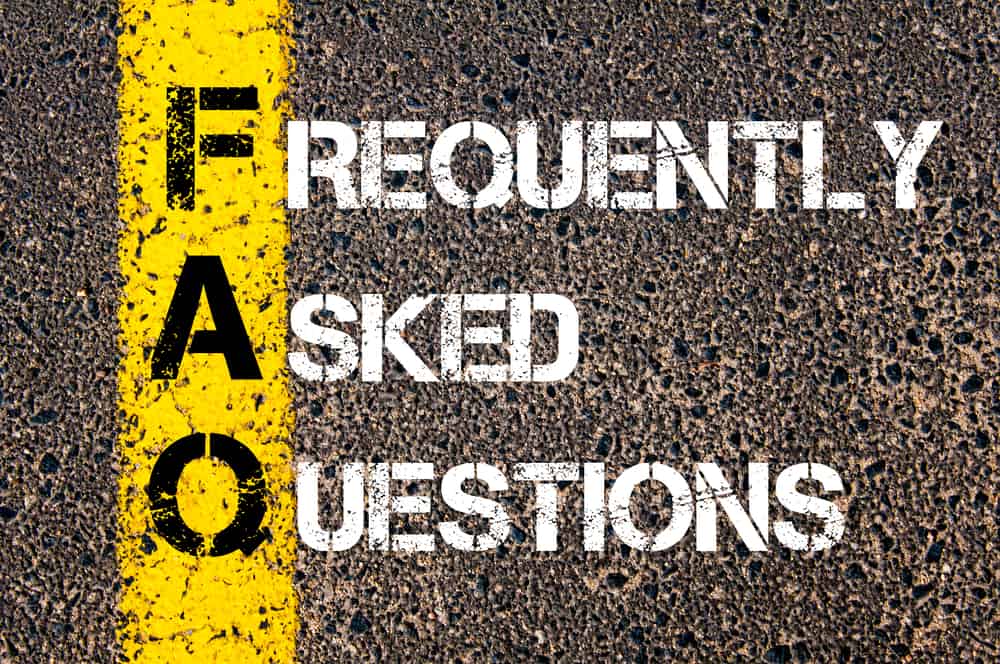
What is the highest settlement for a slip and fall?
The seriousness of a slip and fall injury can greatly differ, but cases usually conclude with an award between $10,000 to roughly $50,000 for non-fatal accidents. However, when dealing with incidents resulting in death, such as the aforementioned slips and falls, settlements normally end up much higher, reaching as high or beyond 200K, depending on particular conditions.
How much compensation do you get for a trip or fall?
In slip and fall cases, individuals can be eligible for financial compensation to cover medical bills, lost wages, or other expenses associated with the accident. Typically, these situations are settled out of court, but settlements range anywhere from $10 000 to as high as $50 000 depending on the severity of the incident.
How much money does Walmart settle for slip-and-fall accidents?
In response to a slip and fall incident in one of their stores, Walmart has been issued an agreement for $970K. They take all kinds of accidents seriously, dedicating the appropriate resources to guarantee claimant security. To prevent such incidents from happening again, changes have been made, like upgraded lighting systems and signage and increased liability insurance coverage. Inspections will be done on a more frequent basis.
Can you claim compensation for falling?
You can be eligible for monetary recompense if you have been hurt in a slip and fall due to another person’s carelessness. Depending on the circumstances of your accident, legal recourse could result in recovering damages such as medical expenses; income lost from missing work time off, plus emotional pain and suffering compensation.
How long do you have to report a slip and fall?
It is essential to immediately report an incident of slipping and falling, as the time frame for filing a claim may be brief – depending on the circumstances – ranging from just days up to several months.
